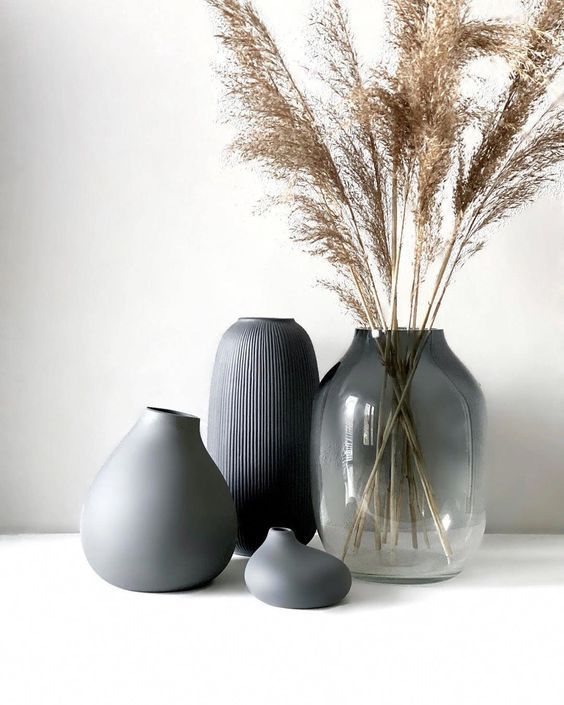Giant reed specifications
- Scientific name : Arundo donax
- Common names : giant cane, elephant grass, carrizo, arundo, Spanish cane, Colorado river reed, wild cane, and giant reed
- Family : Poaceae
- Order : Poales
- Genus : Arundo
- Species : A. donax
- Native : eastern Asia; the plant has been widely introduced to southeastern North America, the Caribbean, and parts of the Mediterranean
Giant reed, ( Arundo donax ), also called arundo or giant cane, tall perennial grass of the family Poaceae. Giant reed is found in wetlands and riparian habitats and is thought to be native to eastern Asia; the plant has been widely introduced to southeastern North America, the Caribbean, and parts of the Mediterranean.
The woody tubelike stems of giant reed have been used in the manufacturing of flutes and organ pipes and are the source of reeds for woodwind instruments. The straplike leaves are used to make mats in some places. The plant also has been used for erosion control and in highway beautification programs, though it is considered an invasive species in many areas outside its native range.
read more : Everything about pampas grass : How to Plant & care for them

Giant reed is 1.8 to 7 metres (about 6 to 23 feet) tall and grows in dense clumps. The flat leaves are often 60 cm (2 feet) long and about 7.5 cm (3 inches) wide and are borne alternately on thick canelike stems. The plant spreads aggressively by rhizomes (underground stems) and can form vast monocultures in favourable environments. The feathery flowers, borne in plumes up to 60 cm (2 feet) long, are usually seedless or sterile.
This plant prefers fertile and moist soils and shady-sunny places to grow. Can withstand pH 5.5 to 8.3. It is adapted to tropical, subtropical places and warm and temperate regions of the world. The average annual temperature for the growth of this plant can be between 9 degrees Celsius to 28.5 degrees Celsius. This plant can withstand temperatures of minus 5 to minus 10 degrees Celsius.
Habitat
Prefers open (disturbed) freshwater riparian habitats, especially floodplains and creekbanks in subtropical coastal areas.
Geographical dispersions in Iran
In different areas of Gorgan, Mazandaran, Gilan, Khuzestan, Yazd, Fars, Khorasan provinces, it can be seen as a car, but today, due to its use as a windbreak in most provinces, including Kerman, Sistan and Baluchestan, Tehran, Semnan and Isfahan is seen as planted.
read more : Everything about bulrush : How to Plant & care for them
Life cycle
Starts flowering in late summer.
Similar species
Arundo donax may be easily confused with Phragmites australis (common reed) and Pennisetum purpureum (elephant grass).
These species can be distinguished by the following differences :
- Arundo donax is a very tall grass (2-7 m tall) with relatively broad leaves (10-80 mm wide). Its much-branched feathery seed-heads (open panicles) are usually whitish in colour when mature.
- Phragmites australis is a relatively tall grass (1.5-3 m tall) with relatively narrow leaves (10-35 mm wide). Its much-branched feathery seed-heads (open panicles) are usually light brown when mature.
- Pennisetum purpureum is a very tall grass (1-6 m tall) with relatively narrow leaves (20-40 mm wide). Its spike-like bristly seed-heads (spiciform panicles) are straw-coloured when mature.
A. donax is also quite similar to Phyllostachys aurea (golden bamboo), Phyllostachys nigra (black bamboo), Arundinaria simonii forma variegata (arundinaria reed) and other bamboo species (e.g. Bambusa spp.). However, all these species can be distinguished from A. donax by the presence of a strongly constricted lower leaf blade, which resembles a short leaf stalk (a pseudo-petiole). In contrast, A. donax has a relatively broad leaf blade base with a membranous ligule.
read more : Everything about palm : How to Plant & care for them
Flowering time of giant reed plant
Flowering of this plant takes place in mid-summer. This plant has a similar to a bunch of bristles, which contains many flowers with a fluffy and puffy appearance due to the presence of soft feathers on the mature seeds.
The cluster inflorescence of this weed is initially purple-gray in color, but with maturity in July to August it turns golden-brown with a puffy appearance.
Dried giant reed
In addition to its decorative aspect, dried giant reed ( In Iran it is called Qamish ) is widely used in traditional medicine and making various wind instruments. The reasonable price of dried giant reed has caused the sale and purchase of dried giant reed for export to bring a lot of profit to the exporters and wholesalers of dried giant reed .
read more : Drying natural flowers | Introducing 8 wonderful ways to dry flowers

Propagation of giant reed plant
One of the methods of propagation of this plant is through cultivating its seeds. Seeds usually germinate at 15 ° C for one to three months. Another method of propagation of this plant is plant division.
Notice : this article has been translated by google translate , if you have any questions or need more information Please contact us by writing a comment on this page.



0 Comments